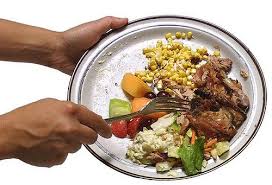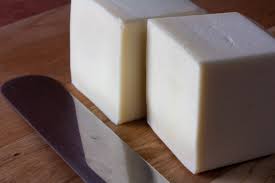App of the Month:
FoodKeeper
“Are these left overs still good?” There’s an app for that
The FoodKeeper App was developed by the USDA’s Food Safety and Inspection Service (FSIS) in partnership with Cornell University and the Food Marketing Institute. The App was developed as a means to reduce food waste through sharing different storage methods that extends the shelf life of foods and beverages in the home.
Each year, billions of pounds of good food in the U.S. go to waste because home cooks are uncertain about the quality or safety of a food item. The USDA estimates that about 21% of the food in the U.S. goes uneaten at the consumer level. This app provides valuable storage advice on over 400 food and beverage items, including dairy products and eggs, meat, poultry, produce, sea food and even various types of baby food.
Application Features
- Get cooking tips for cooking methods of meat, poultry and seafood products.
- Find specific storage timelines for the refrigerator, freezer and pantry, depending on the nature of the product.
- Note in your device’s calendar when the products were purchased and receive notifications nearing the end of their recommended storage date.
- Search the application using swipe gestures or voice control and submit a question to USDA using the “ask Karen” feature of the application, which prompts the USDA’s 24/7 virtual representative.
- The system provides information on safe food handling and storage, and safe preparation of meat, poultry, and egg products.
Butter VS. Margarine
Making a decision between butter and margarine at the supermarket can be a challenge. Especially when there is little knowledge about the two fats.
Which one of the two should you choose?
When it comes to heart health margarine usually tops butter. Margarine is made from vegetable oils and contains unsaturated “good” fats, polyunsaturated and monounsaturated fats. These types of fats help reduce low-density lipoprotein (LDL), or “bad” cholesterol. On the other hand butter comes from animal fat, which contains more saturated fat.
Not all Margarines are created equal
When choosing margarines we must be cautious because not all margarines are created equal. Some margarines contain trans-fat, which is an artificial fat created in a lab and is a type of fat we want to avoid. Generally, the more solid the margarine, the more trans-fat it contains. So remember that sticks of margarine will usually have more trans-fat than tub margarines do.
Why avoid trans-fat?
Trans-fat increases blood cholesterol levels and the risk of heart disease. Also trans-fat lowers high density lipoprotein (HDL), or “good” cholesterol levels. So next time you visit the supermarket skip the stick margarine and opt for the soft or liquid margarine instead. Your heart will thank you later.
Do your research
The best thing to do when looking for a spread is to read the nutrition fact labels and look for ingredients that are minimally processed and are low in trans-fats. It’s important to remember to limit your consumption of butter and margarine to promote a healthier heart.



Leave a Reply